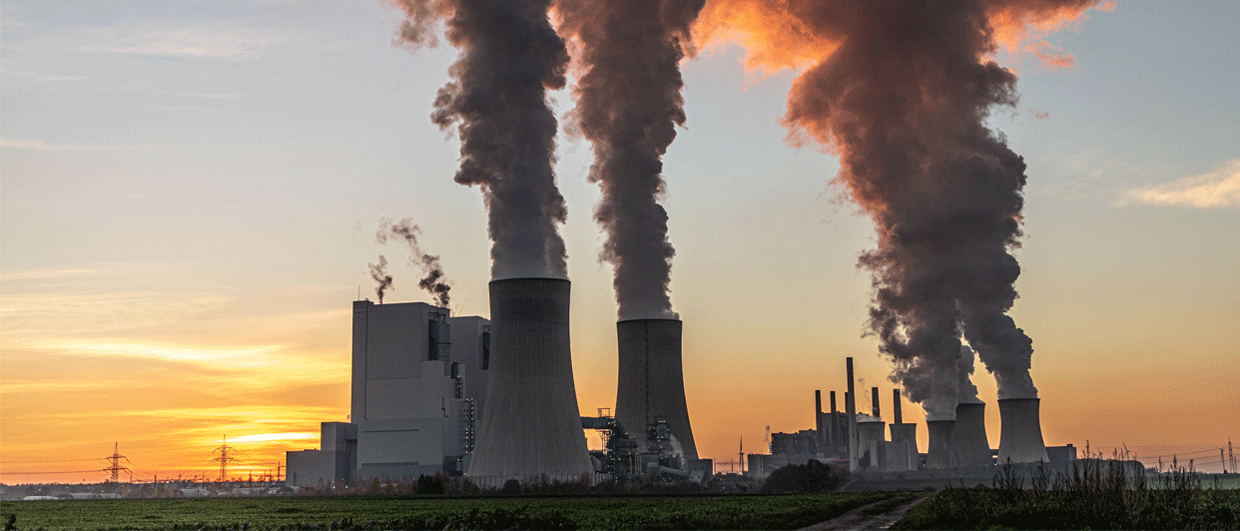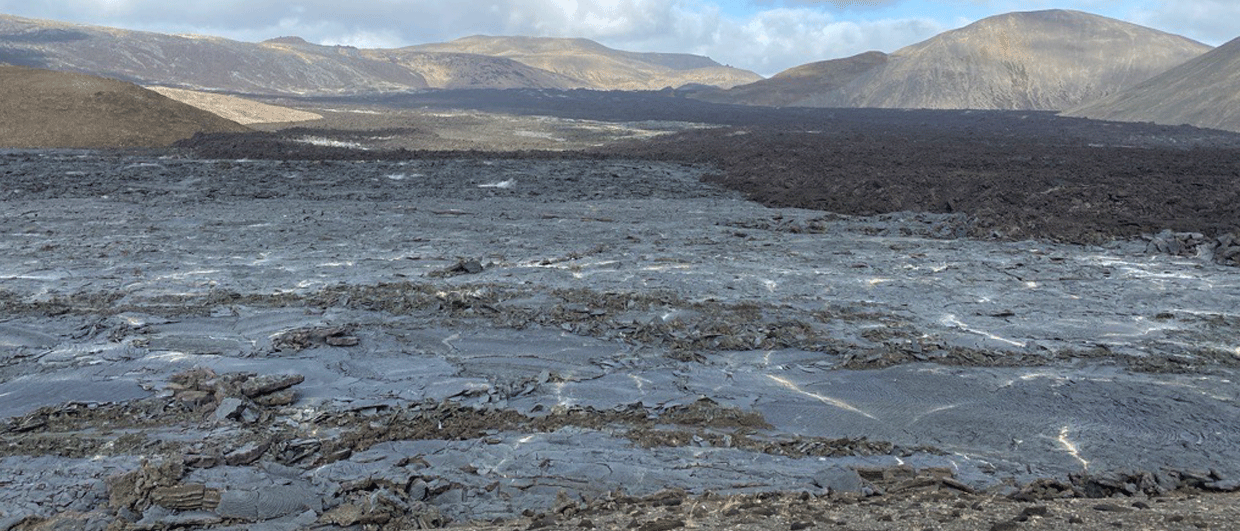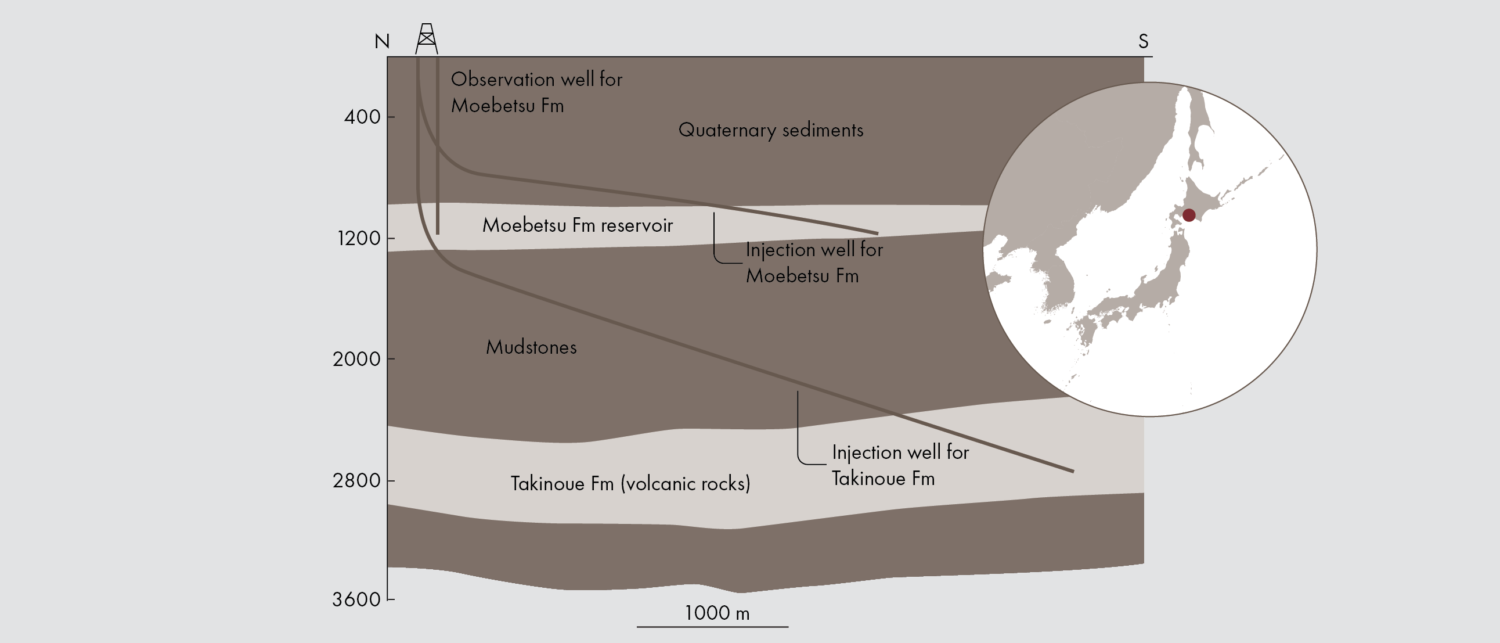The project is called Hydrogen to Humber Saltend (H2H Saltend) and it will kick-start a hydrogen-based decarbonised industrial cluster in the Humber region of the UK. Blue hydrogen will be produced from natural gas (with CCS) and green hydrogen from electrolysis of water using renewable power. This article provides some background to the selected destination of the captured CO2, the Triassic “Endurance” structure in the Southern North Sea.
Why Endurance?
First and foremost, the Humber area is well-positioned when it comes to proximity of offshore aquifers to inject CO2 in. The Endurance closure is less than 100 km away and is also surrounded by other structures already identified through previous studies.
Endurance has been extensively studied in the past. Expronews spoke to Steve Furnival, who was the reservoir engineer for National Grid and who now consults through HoBoil Limited. “Endurance is a big closure with likely regional connectivity, has an excellent seal, good reservoir properties and a pressure outlet in the east where the Triassic outcrops at seabed, so the risk of overpressuring the reservoir are slim,” Steve says.
Why not use a depleted Rotliegend gas field instead?
The Southern North Sea is best known for its Permian Rotliegend gas reservoirs; of which there are many (see map for field outlines in the area). “However, these fields all have multiple well penetrations and it is exactly those holes that pose a risk to the integrity of the seal,” Steve adds. “Some of those wells were drilled a long time ago and records about well completions may even have been lost.” Endurance only has three penetrations, which is relatively few.
Unique well
The third and most recent well in Endurance is the 42/25d-3 well, drilled in 2013. Steve points out: “This is a unique well in UK offshore drilling history, as it is the only one that was specifically drilled to test reservoir and sealing parameters with the aim to inject CO2.” There was a need to drill this well because the previous wells did not acquire some key data. However, the porosity/permeability data generated from the extensively cored section turned out very similar to the data that was already available from the offset wells. Porosity varies from 14% to 27% and permeability from 20 to 2000 mD.
Other initiatives
Another Carbon Capture and Storage initiative that runs simultaneously is the Net Zero Teesside project, in which Equinor is a partner too. Although a candidate for CO2 injection has not been identified yet, there may be opportunities for those projects to collaborate and use the same reservoir for injection.
In February this year, £1.4m was awarded to Heriot-Watt University to further investigate and define a roadmap for storage sites in the Southern North Sea. The project is funded by the Oil and Gas Technology Centre (OGTC) with support from the Oil and Gas Authority (OGA), offshore operators and data owners.
The data to compile the map are from the OGA Open Data portal and saline aquifer sites from this report.
HENK KOMBRINK




